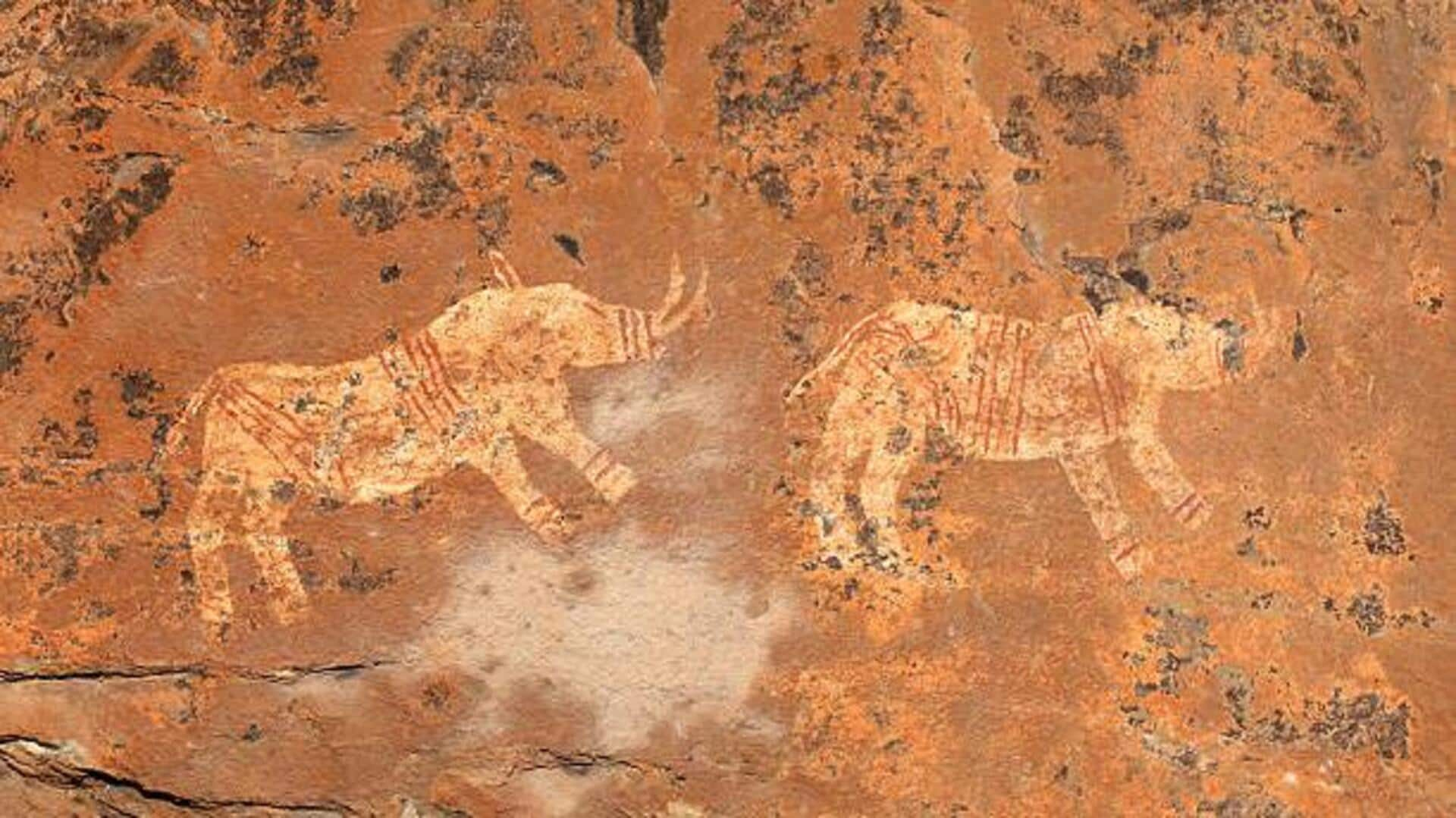From South Africa to Morocco, African rock art (etched or painted on rocks) spans thousands of years across the continent. It unveils the history, culture, and environment of early societies. As an archaeological treasure and a testament to human creativity and expression, the art form captivates researchers and enthusiasts alike. African rock art is extremely diverse from region to region. In Southern Africa, for example, the San people produced detailed paintings of animals and scenes of hunting. In North Africa’s Sahara Desert, engravings mostly depict cattle and pastoral life. The style of each region reflects its own cultural influences and environmental conditions. The making of African rock art was a diverse and innovative affair. Ancient artists employed stone tools for engraving and natural pigments from minerals or plants for painting. These techniques allowed them to create detailed representations of their daily lives, spiritual beliefs, and the natural world surrounding them. This variety in artistic approach further underscores the ingenuity and versatility of these early societies in portraying their experiences and surroundings. Rock art carries profound cultural importance for various African communities. It was frequently used as a medium for storytelling or religious rituals. Some of the artworks are thought to have been produced during trance states as part of spiritual ceremonies. Comprehending these symbolic meanings sheds light on the values and viewpoints of ancient societies. Preserving African rock art poses challenges from natural erosion, vandalism, and climate change. Conservation efforts to protect this heritage are paramount, prioritizing preservation so future generations can appreciate its historical significance. These efforts involve careful management and restoration practices, stressing the need for global support in safeguarding these ancient expressions of human creativity and cultural identity.
